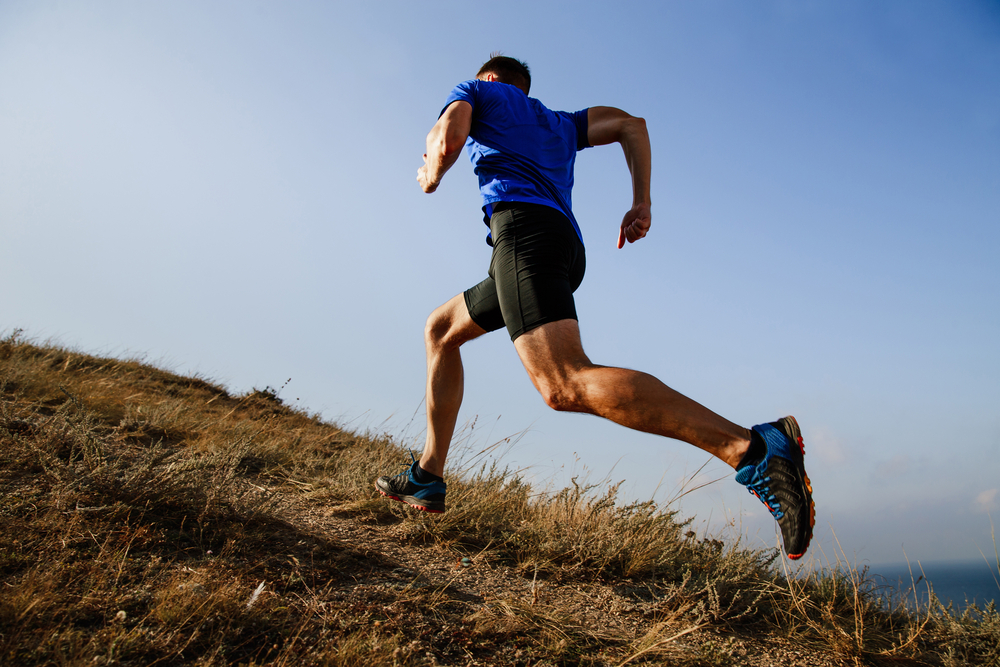Understanding the Biomechanics of Running
Biomechanics is studying the mechanical breakdown of how someone moves. This can be performed for a variety of movements including bed transfers, lifting, walking, and running. Today, we will focus on the optimal biomechanics of running. As a disclaimer, while there are optimal running mechanics, one size does not fit all in this case. A successful biomechanics analysis is not checking all the boxes, rather it is prevention of injury and improvement in sports function.
There are three components of distance running that we will focus on today: overstriding, bounce, and compliance. Overstriding is taking too large of a step forward which in turn leads to a braking force during each step. Bounce is the amount of vertical displacement that occurs when running. Excessive bounce is an inefficient running technique because you are using energy to move up and down rather than propelling forward. Compliance is the amount of elastic deformation in each step. Thus, you want to be able to react to the ground and propel during each step. Rather than compliance, you want to have muscular driven stiffness.
As therapists, we usually treat individuals who already have an injury and eventually want to return to running. However, the information from this post can also be applicable for injury prevention. Let’s discuss the comparison between running demands and physical capacity. We will think of running demands as mileage and terrain, and physical capacity as strength, flexibility, and alignment. Ideally, we want our running demands to meet our physical capacity. However, most recreational runners have high running demands while training for a race and decreased physical capacity. This imbalance between training factors will lead to increased risk of injury.
So, now the question is “what is an ideal running pattern and how do I get there?” Well, the research has shown that increasing step rate and cadence will help decrease stride length, decrease bounce, and decrease the risk of bone stress injury (BSI). A 1 step/min increase in cadence was associated with a 5% decreased risk of BSI (Kliethermes et. al 2021). Increasing cadence should not happen overtime as this will result in a drastic change in biomechanics which could lead to a compensation injury. Rather increasing your cadence by 10% of what you are currently running at will allow a safe gradual change working up to 160+ steps per minute. Oftentimes runners will use a metronome or music to a specific beat to initiate an increase in cadence. While cadence is the easiest modifiable factor to make appropriate changes to your biomechanics, you want to eventually be able to maintain that cadence without an audio or visual cue to ensure you have improved your mechanics independently. In summary, an increase in cadence can positively alter your running mechanics to decrease overstriding, excessive bounce, and excessive compliance which are all factors related to increased risk of injury.
Jill Hoffman PT, DPT is a physical therapist specializing in treating orthopedic conditions.
References
- Kliethermes SA, Stiffler-Joachim MR, Wille CM, et al
Lower step rate is associated with a higher risk of bone stress injury: a prospective study of collegiate cross country runners
British Journal of Sports Medicine 2021;55:851-856.

